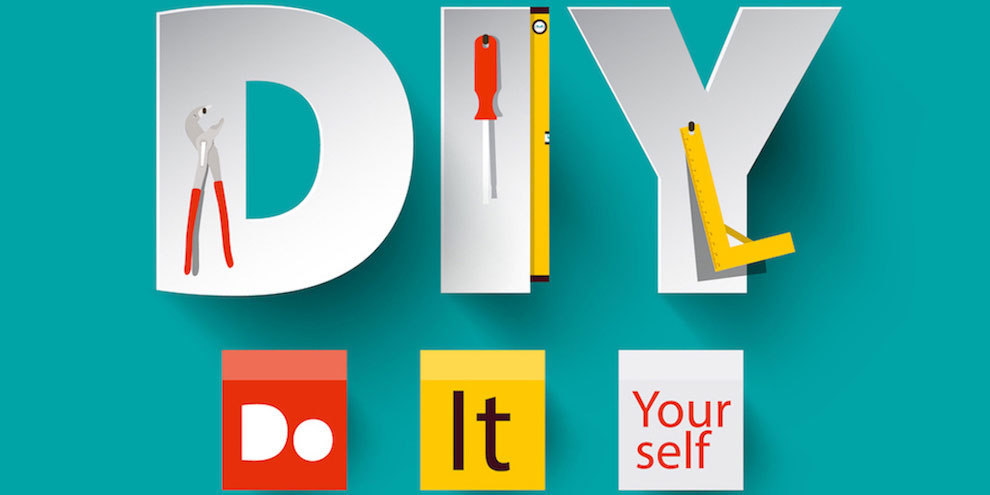DIY research projects have continued to gain popularity. Many researchers had already turned to DIY research projects, but the pandemic led many more to launch their own projects. The technology advancements including artificial intelligence, software and solutions have also made it easier for DIY research to succeed. Quirk’s has compiled nine questions to ask before starting your own DIY research project.
1. What are the benefits of DIY research?
An article by Tom Cates titled “A beginners guide to DIY research” from 2012 answers this question. Although this article was published a decade ago, its answers remain true. Cates establishes that the benefits are convenience, perspective and cost.
If you are seeking quick answers or feedback, DIY research may be the most convenient option. Conducting your own research can offer client perspectives. You will understand their needs and opinions giving you insight as to how to meet their expectations. Lastly, DIY research is oftentimes more cost effective than partnering with a full-service marketing research firm.
2. What technologies should be incorporated?
The industry has started to incorporate technology features within the qualitative and quantitative sectors and DIY isn’t any different. There is an abundance of technology options that can be incorporated within your research. In the article “Are DIY marketing research tools finally growing up?” by John Bird, he establishes that technologies, like automation, artificial reality, virtual reality and artificial intelligence can be implemented within research.
3. Is the project properly planed?
DIY research allows you to create your own workflow and research process. This however may lead to some challenges. How long should you spend on different sections of the project? How long should the entire project take? What are you trying to accomplish? What is your final goal?
Properly planning your project, understanding the overall process and knowing how to conduct it before you begin will ease the process. Bird notes that researchers should find the right methods and solutions for their projects. Be sure to plan which methods you want to use before you begin.
4. Should there still be a human aspect in tech-driven DIY research?
Incorporating technology features in a DIY research project is often important, but it is crucial to maintain a human aspect in your project. Both Bird and Cates argue that a mixture of both market research expertise and technology will help your project succeed.
5. Who can help?
Conducting a DIY research project can be difficult, especially for first timers. Don’t be afraid to ask for help with parts of the project you are unsure of. Getting help when needed or asking for advice throughout the project will help guide you along the way, saving you time and money.
6. Does a DIY research project have to be fully DIY?
Organizing a DIY research project can lead to high out-of-pocket costs. In the Quirk’s article “Client-siders self-assess their departments’ DIY success” by Tim Davidson, he advises using partial DIY to avoid or reduce the amount spent. Oftentimes, you can begin the project by conducting the basics required like surveys and interviews and then introduce full-service marketing research firms for the more intricate aspects of the project, like data analysis.
7. Does DIY research save money?
Depending on the kind of research you are conducting, DIY research can sometimes save you more money than taking the traditional route of partnering with a marketing research agency. In “Why researchers are embracing DIY” by Eric Whipky, he states that DIY methods are used by both suppliers and clients to reduce the cost of their research. One of the goals of DIY research is to allow researchers to gain insights for less money.
Morgan Molnar, author of “5 use cases driven by online DIY research tools” also believes that DIY research is the more affordable option. According to Molnar, incorporating DIY tools is a cost-effective method of keeping a pulse on consumer trends.
8. Should a DIY research project replicate another?
While it is OK to gain inspiration from other DIY research projects, a project should not be copied. According to the article “7 mistakes to avoid when fitting social media intelligence into research strategies” by Emily James, mimicking competitor strategies often leads to poor or unexpected results. It is best to create an authentic project that leads to real insight.
9. What should be done with extra data obtained?
James establishes the importance of using all social insights to their full potential. This tip can also be applied to DIY research. All the data and insights gathered can be of value. While it may not be apparent at first, the data you collected might come in handy in the future whether it be later in the research process or in another similar DIY project.
Conducting a successful DIY project
There are numerous ways to go about your DIY research and many tools or methods that can be incorporated within your project. Answering these nine questions before starting your research project will help set you up for success.
